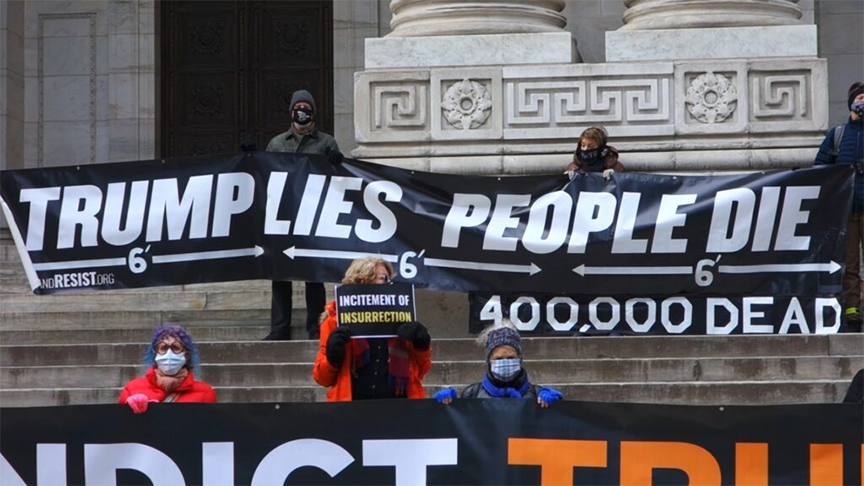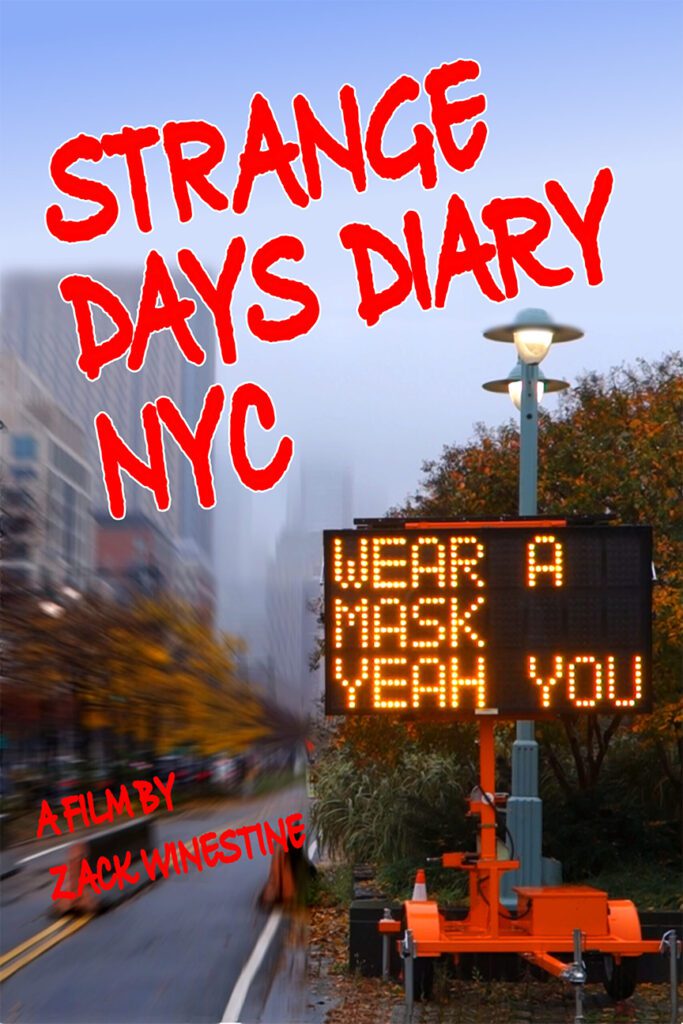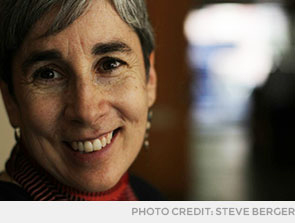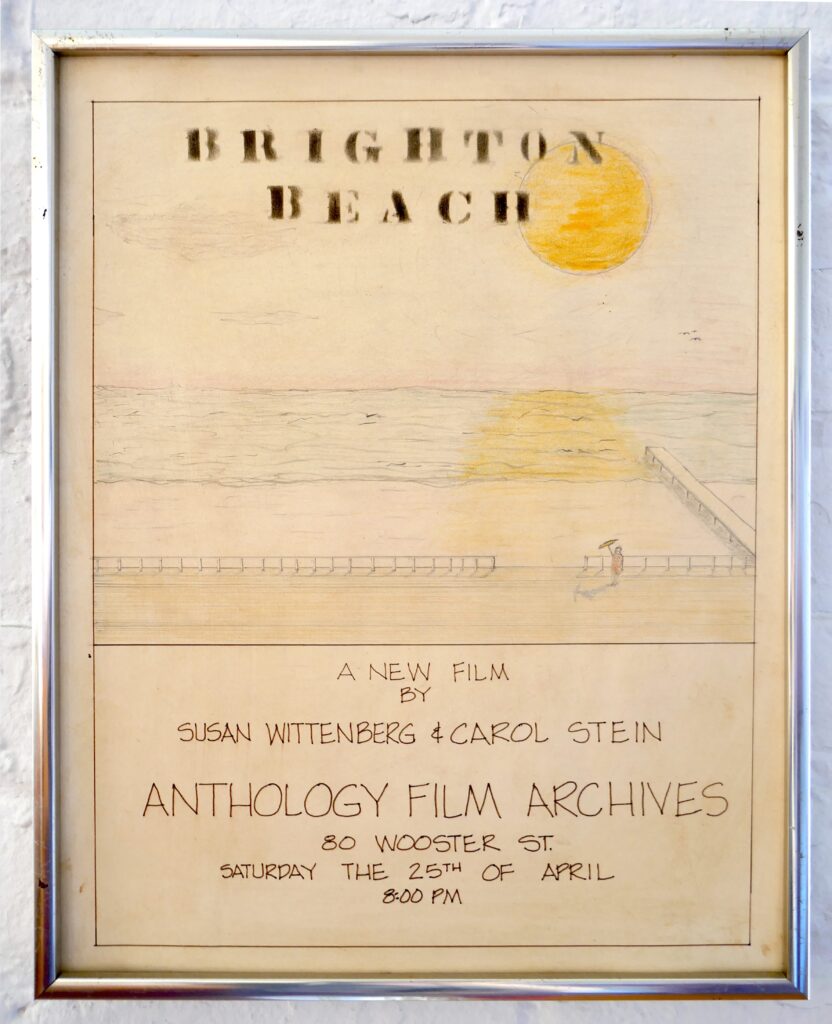Recently my friend and neighborhood-preservation hero Zack Weinstine of www.savegansevoortnyc.org shared a link to a feature-length documentary I didn’t know he had made. It’s called “Strange Days Diary NYC” and it’s his chronicle of year one of the covid pandemic, most of it shot around the far West Village, where, like Zack and his wife, my husband and I have lived for decades.
I have always dreamed about being plunked in Manhattan in the past and getting to wander around to my heart’s content. While 2020 is hardly the time-travel destination I would have chosen, watching the movie comes weirdly close to fulfilling my fantasy. It’s rare I’ve felt so fully immersed in the sights, sounds and alien habits of another era (albeit one we all lived through very recently).
“Strange Days Diary” couldn’t be more unassuming, but Zack is a professional filmmaker, so it’s also beautifully shot—much of it from his fourth-floor apartment at Washington and Horatio Streets—and tightly edited. Zack was quicker than many to anticipate what was about to hit us. In March, the neighborhood is packed, no masks in sight. Then everything closes: stores, restaurants, the High Line. Traffic disappears. The birds sing arias. The sidewalks become the domain of kids on wheels, weary parents trotting along. A guy does pushups in front of the shuttered Whitney, another jogs in small circles on a roof deck. The wealthy pack up their SUVs and head to the country. Moving vans swoop in.
For Zack’s previous feature-length documentary, the weird and wonderful “Caravan/Prague: The Uneasy Road to Change,” about an anarchist group biking across Germany on their way to a protest in Prague, he recorded a voiceover. But here he limits himself to terse, often witty title cards. One card laments the shift from light manufacturing in the Gansevoort Meat Market to luxury-brand stores. For a clip of a press conference about the virus in which Trump keeps veering off topic to praise Fox News and his own brilliance, Zack’s commentary is simply “It is not reassuring.” When Zack pans his small apartment, stockpiled with groceries, the title reads: “My wife doesn’t like to be photographed, but she has a generous soul and puts up with me.”
My favorite silent set piece, shot from above, stars a FedEx guy loading his cart on the street. I’m on the edge of my seat as he keeps returning to his truck and piling more cartons of Bounty and Chewy on top, and then struggles to get the mountainous cart up the curb cut to the sidewalk.
While Zack held his cabin fever at bay by filming, I was two blocks south managing mine with words, often about the same subjects. One morning, I watched, puzzled, as workers madly boarded up all the Meat Market boutiques. I came home and wrote a poem called “The Day of the Plywood.” Zack’s footage captures that day but also what I had missed the night before: the window-smashing and looting of Warby Parker and Christian Louboutin.

Zack punctuates the movie with regular updates of the death rate for the city and the U.S. Those diverging numbers tell their own story about the pandemic’s path and New York’s response. March 12: one local death and 52 nationwide. A month later: 9,000 dead in New York and 18,000 total. Gradually the death toll in the city levels off while the national numbers soar. May 30: 22,000 out of 100,000. In July: 23,400 out of 145,500.
The mash of undifferentiated days actually breaks down into distinct phases, starting with the arc from Monday March 9, when life was still more-or-less normal, to that Friday, when it was a five-alarm fire. A glimpse of a mail carrier brings back that uneasy period when the mail stopped coming. A clip of Zack’s Zoom seder, and our own awkward, lonely experiences rush in. I see a line outside Trader Joe’s and remember how we all feared our own hands and cereal boxes. And then the ritual pot banging at 7 pm to honor the essential workers, a small but kind and communal gesture.
In May, the mood changes. Zack’s focus widens to West Street, various avenues and Foley Square, where he joins the protests, filming citizens with energy and fury to spare hoisting their slogans: No one is above the law. Congress has a right to subpoena Trump’s financial records. Then George Floyd is murdered in Minnesota: Say their names. Take your knee off his neck. A New York Times headline flashes onscreen: Spreading Unrest Leaves a Nation on Edge.
The movie dispenses quickly with the election and wraps just after the January insurrection on the capitol. I asked Zack whether he ran out of storytelling steam or whether he was just too fed up with the world to keep going.
“The abnormal becomes routine,” he replied. “However strange things were and how terrible the circumstances, you fall into new routines. It started to feel repetitive.”
I asked him why he chose not to do a voiceover, because I know how hard he worked to create the one for “Caravan/Prague.” He said that the title cards started as placeholders. But when he did record himself, he said, “it threw the visuals and sound out of balance. It enabled you to tune out the visuals while waiting for the voiceover. I recut it and decided not to go there.”
I agree entirely. The movie works because it recreates not just the fear and tragedy of 2020, but the quiet and isolation. It also works because of the dramatic irony, a theater term for when the audience knows something the characters don’t. Zack the filmmaker had no idea where we were all headed; none of us did. But we know now. As absurd as this will sound, I found myself falling into the cliché about lost innocence: we had no idea what was soon to erupt in Ukraine and Gaza; the Fox News fanatic hadn’t yet been reelected.
Because the movie compresses a year into 82 minutes, I also felt unusually aware of the planet quietly spinning around the sun. How wild and startling the seasonal cycles of birth and dieback, wet and dry; how gorgeous the protean, health-giving beings we call trees. When Zack’s camera came to rest on a profusion of red tree-pit tulips, I almost cried, so bright and buoyant they were, always a sign of hope and renewal in New York City, right?
Stream “Strange Days Diary NYC” free on Fawesome https://fawesome.tv/movies/10634695/. No registration needed. www.strangedaysdiary.com, facebook.com/StrangeDaysDiary




